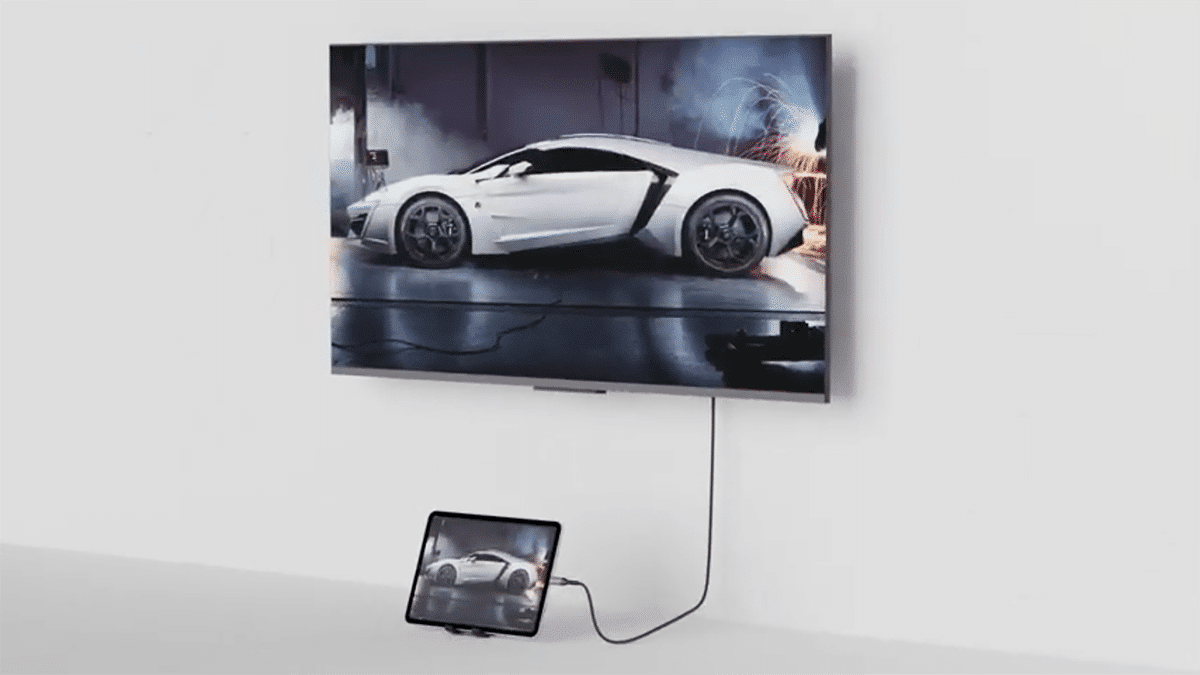
Watch iPad on TV It is a much simpler process than it may initially seem. Whether it is to play games, work with an application on a larger screen, check social networks, enjoy your favorite sport on a larger screen, browse...
Cable
Lightning to HDMI cable
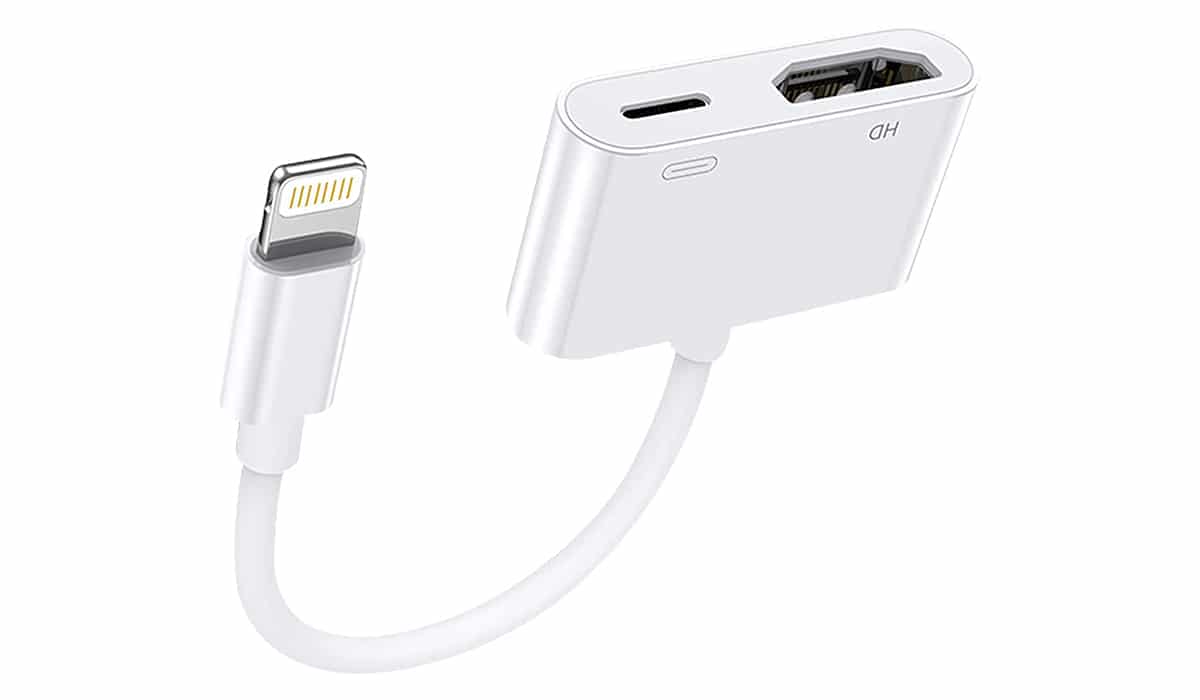
Using a cable to watch iPad on TV is the faster and easier method. In addition, it is the only one that reduces the lag in the transmission to zero.
If your iPad has lightning connection, the cable you need is the lightning to hdmi cable, a cable that we can find both on Amazon and in the Apple Store.
If we choose to buy one of the different models available on Amazon, we have to check the opinions of the users, since some may not be certified by Apple and stop working over time.
Once we have bought the cable to watch the iPad on television, we just have to connect the cable to the lightning port of the device and to the HDMI port of the television.
iPad will automatically recognize the cable and connection and begin Mirror iPad screen on TV.
We can't turn off the iPad screen, since the television is showing a reflection of everything that is displayed on the screen of our iPad.
USB-C to HDMI cable
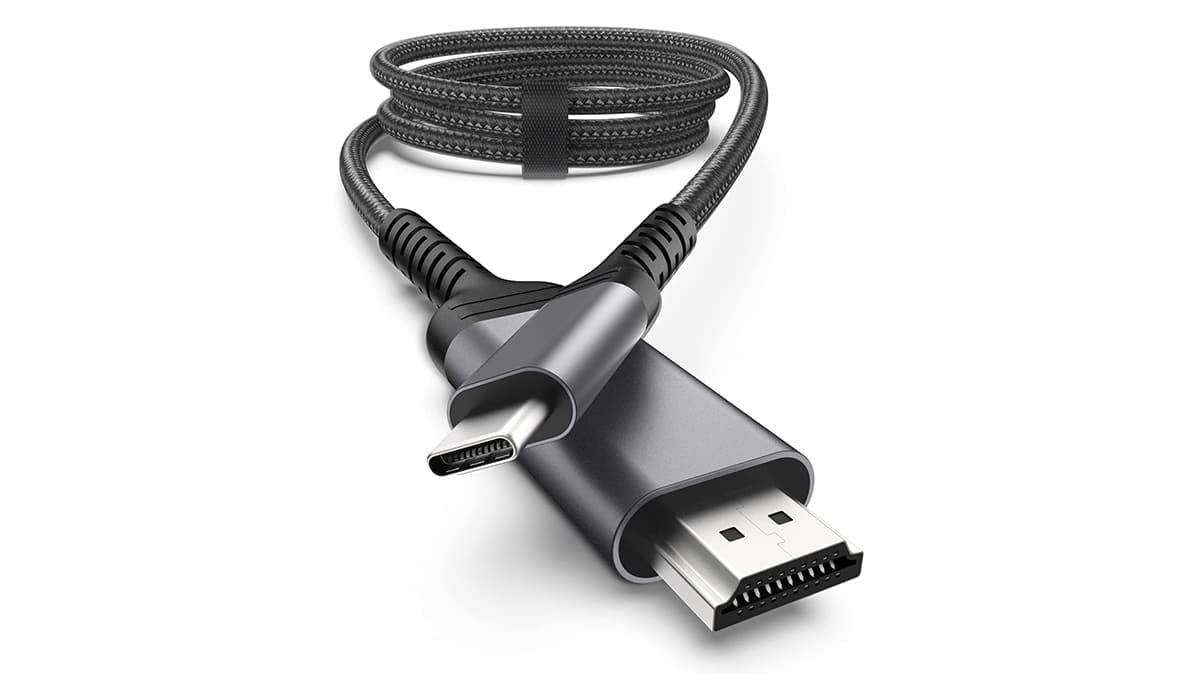
If you have an iPad Pro or any other model that, instead of the traditional lightning port, use a USB-C port, you can must use a USB-C to HDMI cable.
These types of cables are much cheaper than the lightning to HDMI cable since they they do not need to be certified by Apple to be used together with iPad.
In fact, we can use any USB-C to HDMI cable that we are already using from any other device that we have at home. The performance It's the same as with a lightning to HDMI cable.
We just have to connect the USB-C port to the iPad and the HDMI port to the TV. Automatically, the iPad will recognize that we have connected a television to the device and it will start to display the duplicate iPad image on TV.
Being a reflection of what is displayed on the iPad screen, if we turn off the iPad screen, the image will no longer be displayed on the television. As with the lightning cable, when connecting via cable, the latency will be reduced to zero.
With AirPlay
The first and main thing about this technology is that both devices, both the sender and the receiver, they must be connected to the same Wi-Fi network.
If not, we'll never find the device to which to send the content via AirPlay (Do not confuse with AirDrop).
Amazon Fire TV Stick
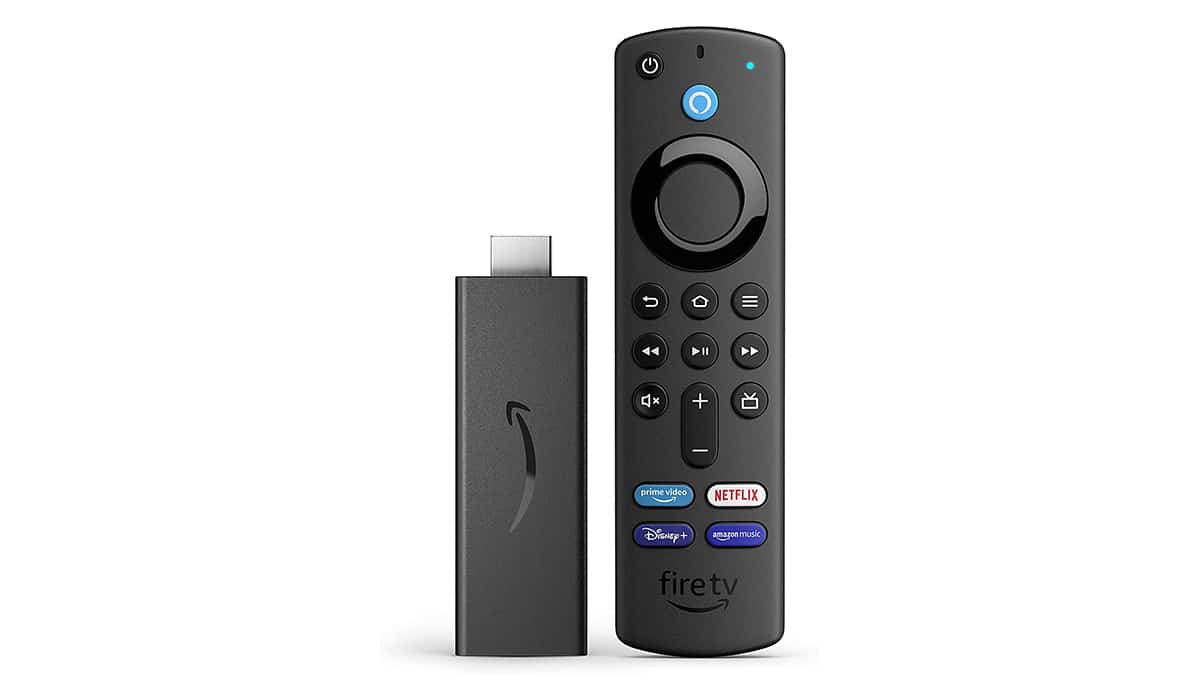
If you have a device Amazon Fire TV Stick, Can send the content to the TV wirelessly without the need to purchase any cable taking advantage of AirPlay connectivity.
As it is a wireless connection, it is recommended that both the iPad and the Fire Stick be connected. connected to a 5GHz network. Some Fire TV Stick include an ethernet port, which will improve the speed of the connection.
Yet still, always we are going to find some latency, with some delay when it comes to sharing the content that is displayed on the screen of our device, so it is not ideal for playing games, but it is ideal for watching the iPad on television.
If we want to play audiovisual content in video format from the iPad on television, depending on the application, we will be able to start playback, send the content to television and turn off the device screen.
Apple TV
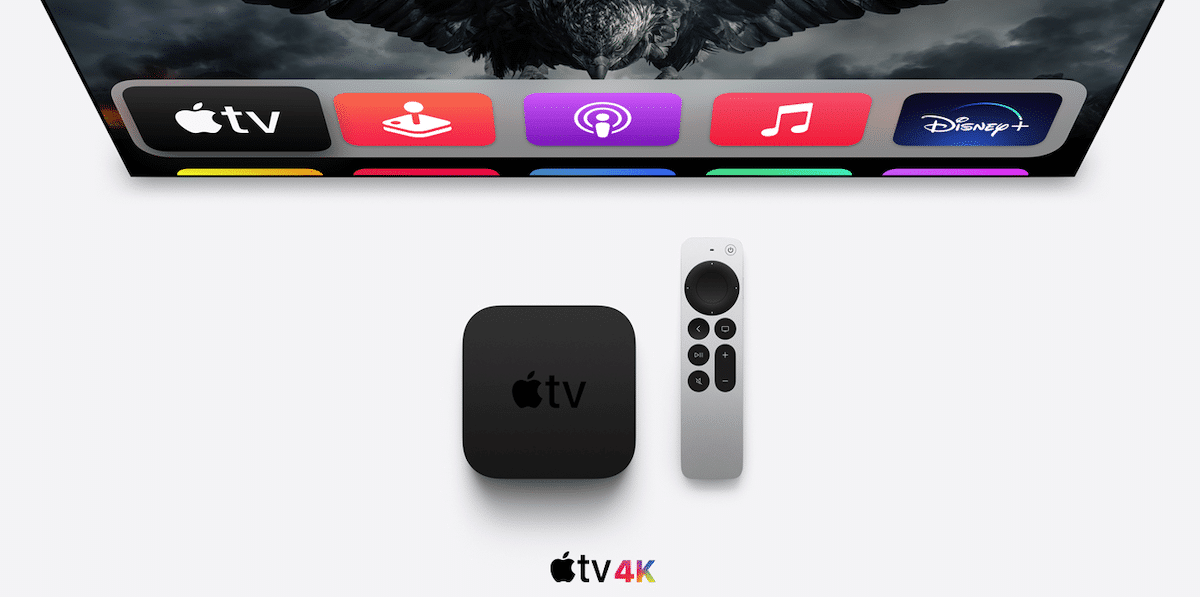
The operation of Apple TV is the same that we can use with Fire Stick TV, but with the advantage that Apple device is much faster when sharing content via AirPlay between iPad and television.
In addition, latency is very low compared to the Fire TV Stick. Of course, the price difference between the two devices is very high.
While the Apple TV has a base price of $159 (depending on the version), the Amazon Fire TV Stick, we can find it from 30 euros.
Like the Fire TV Stick, if it is multimedia content in audio format, and the application allows it, we can turn off the screen of our iPad while the content is playing on the TV.
How to send iPad image to TV with AirPlay
If we want send the content displayed on the screen of our iPad to the television, using Apple's proprietary technology, AirPlay, we must perform the steps that I show you below, depending on the type of content that we want to send.
Depending on the type of content we want to send to television, we will be able to turn off the screen when the image is already being displayed on the TV.
Send the image of a game or program to the television with AirPlay

- First, we must open the game or app that we want to show on our television screen.
- Next, we access the control Panel by swiping from the top right of the screen.
- Next, we click on the two overlapping windows located just to the right of the icon showing a lock (intended to lock the screen orientation).
- Finally, we select the name of the device in which we want to display the image.
- If we turn off the iPad screen, the broadcast will stop.
Send a video to TV with AirPlay
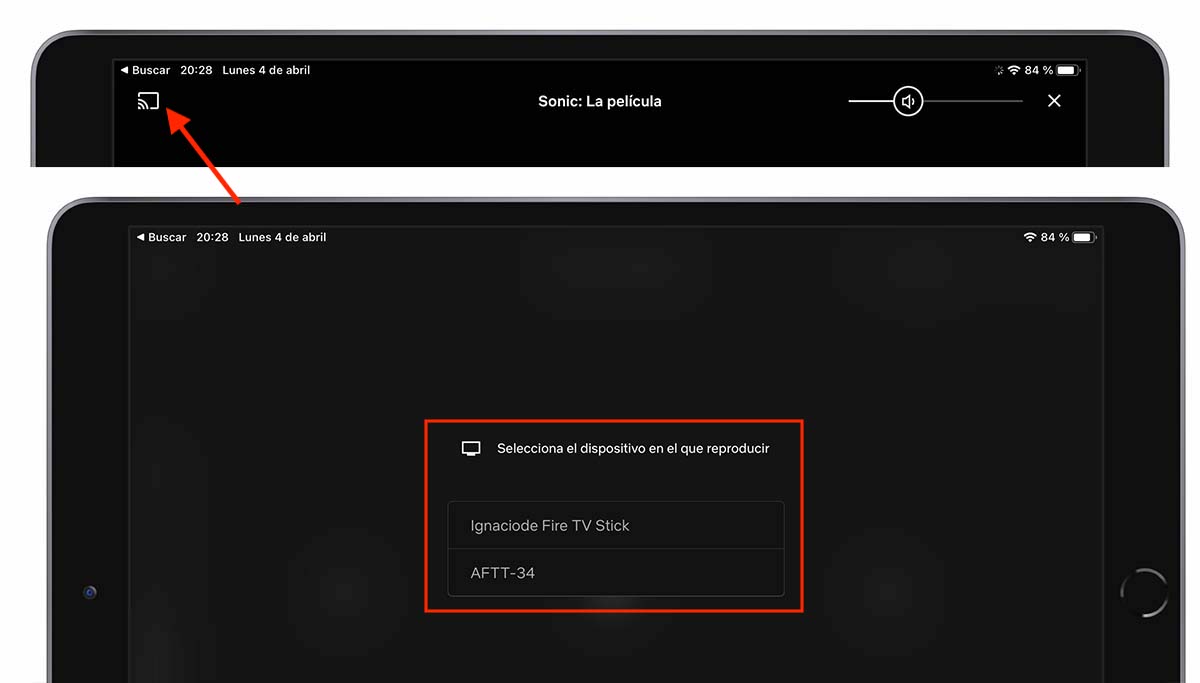
- First of all, we open the application where the multimedia file in video format that we want to send to television
- We start playing the content and click on a square with a wave-shaped triangle similar to the one that represents the Wi-Fi connection (each application shows it in a different area).
- Then all will be displayed compatible devices in our home to be able to send the content in video format from our iPad to the television.
- We select the device where we want to see the content.
- Once the playback on the television starts through the device that we have connected, we can now turn off the iPad screen. The transmission will not be interrupted until it ends.